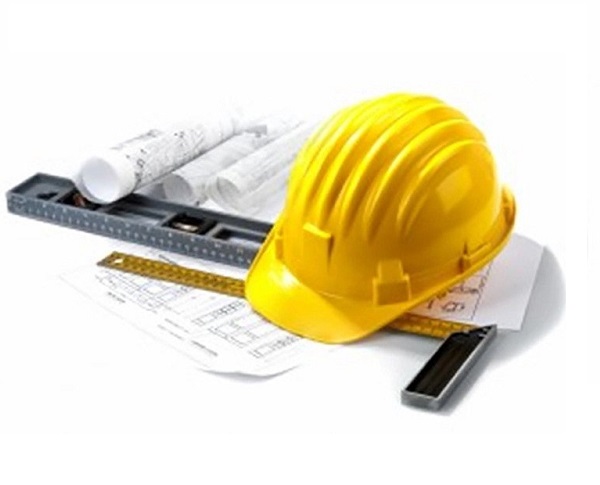Price: $29.99
Safety Programs and Concepts
Elevate your test-day performance with ASP Prep designed for results. Many students have seen significant score improvements by committing to our proven study method—begin your path to success today!
Course Modules - (28)
Pass with confidence through high-yield concept mastery, supportive teaching, and precision analytics powered by computer adaptive training.
Learning Outcomes:
Students may request IACET CEU credit upon successful completion of the course, provided all required criteria are met. This option is available for those who wish to receive official recognition of their continuing education.
Completion Requirements:
Online classes tend to be more cost-effective than in-person courses. You can save on travel expenses, lodging, and other associated costs, making online training a more budget-friendly option. Additionally, online courses can often be completed more quickly than their in-person counterparts, as you can work through the material at your own pace and without the constraints of a fixed class schedule.


